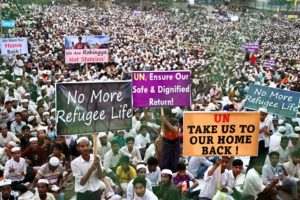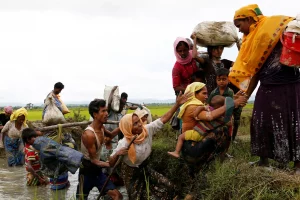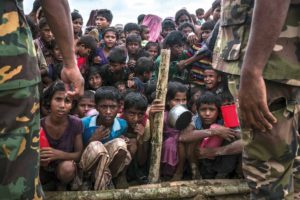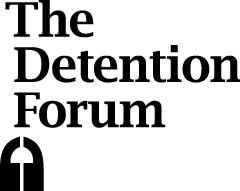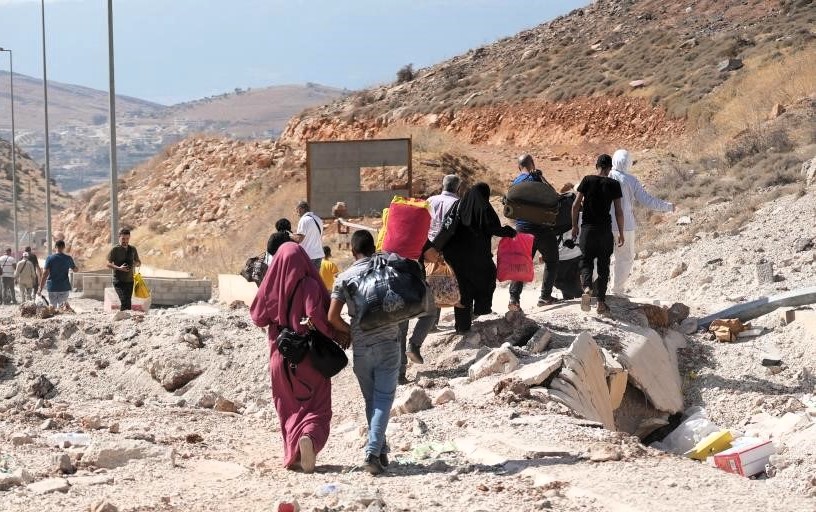
Refugee repatriation is often championed as a solution that honours the right of return, a fundamental principle enshrined in international law. But how closely does this principle align with the realities faced by refugees and returnees? Are their rights, or is repatriation increasingly becoming a tool of political convenience?
Voluntary repatriation, in theory, must always respect the principle of non-refoulement and be informed, safe, and dignified. However, while governments present repatriations as humane and sustainable, the reality is frequently at odds with this narrative. Refugees are often returned to regions still struggling with the aftermath of crisis, conflict or inadequate infrastructure, as currently witnessed in Syria, Afghanistan and Sudan.
Syria
In Syria, shifts in the political landscape following the fall of President Bashar al-Assad have influenced repatriation dynamics. Countries such as Turkey, hosting close to four million Syrian refugees, report a steady stream of voluntary returns that are monitored by UNHCR. Many returnees initially travel alone to assess conditions in their homeland, encouraged by improved security in certain areas. And yet, pervasive economic hardship, social insecurity and ongoing conflict render the prospect of sustainable reintegration tenuous at best.
In Europe, Syrians who have secured long-term residency or citizenship contrast starkly with those under temporary or subsidiary protection, vulnerable to legal uncertainties and potential status revocations. For individuals whose asylum claims were based on fears of persecution by the Assad regime, EU law allows governments to decline the renewal of their status or even revoke it under specific circumstances. As of December 2024, more than 780,000 Syrians in the EU remained under refugee or subsidiary protection.
European countries such as Germany and Austria have paused asylum applications for Syrians, with the latter planning organised repatriation programmes. However, experts caution that despite political changes, economic instability and security concerns in Syria may deter immediate large-scale returns.
Afghanistan
For Afghan refugees, the reality is even more severe. Since the Taliban’s resurgence in 2021, Afghanistan has faced severe economic collapse, widespread instability and restricted freedoms, particularly for women and girls. Neighbouring countries such as Pakistan and Iran, struggling with economic and political pressures, have escalated deportation campaigns, forcing hundreds of thousands of Afghans to return to unsafe and unstable conditions.
Since 2023, over 100,000 Afghans have submitted first-time applications for international protection across the 27 EU member states. Germany hosts the largest Afghan community in Europe. By the end of 2022, approximately 425,000 individuals of Afghan descent resided in Germany, including refugees, asylum seekers, and German citizens of Afghan origin. Many Afghan refugees remain in legal limbo, with some at risk of losing their refugee status as governments reassess the changing conditions in Afghanistan.
Sudan
Sudanese refugees face similarly dire prospects. The ongoing conflict between the Sudanese Armed Forces (SAF) and the Rapid Support Forces (RSF) has plunged the country into turmoil, displacing millions internally and across borders. Host countries like Chad, overwhelmed by the refugee influx, have struggled to provide adequate support, with camps overcrowded and underfunded—by late 2024, Chad alone was hosting over 600,000 Sudanese refugees,many in overcrowded and underfunded camps.
Despite these challenges, some refugees are pressured to return under the guise of ‘voluntary’ repatriation, often to conditions of rampant violence, food shortages and inadequate healthcare. For Sudanese refugees in Europe, the uncertainty surrounding temporary protection further compounds their vulnerability.
Upholding refugee rights
The cases of Syria, Afghanistan and Sudan highlight the widening gap between the principle of non-refoulement and its real-world application. Political, economic and social pressures frequently drive returns that fail to meet the standards of safety and dignity mandated by international law.
Addressing these challenges demands not only strict adherence to legal protections but also substantial international support for host countries and sustainable reintegration efforts. Without these measures, the ‘right of return’ risks being reduced to a hollow ideal, failing the very populations it is meant to protect. The reality on the ground paints a grim picture. Many refugees face formidable obstacles upon their return, ranging from unsafe conditions in conflict-ridden zones to severe economic hardship in fragile states. Basic necessities like healthcare, education and job opportunities are often unavailable, leaving returnees struggling to rebuild their lives.
Adding to this burden is the psychological trauma many carry from years of displacement and instability, compounded by the stress of returning to uncertain futures. Rather than resolving the refugee crisis, rushed or coerced repatriations often perpetuate cycles of displacement, undermining the very principles of dignity and safety that international refugee law aims to protect.
A truly compassionate approach to refugee repatriation begins with prioritizing the safety, dignity and autonomy of displaced populations. Policies must go beyond superficial gestures, ensuring that repatriation is genuinely voluntary and that refugees are equipped with the resources needed to rebuild their lives.
This means creating robust reintegration programmes that address critical needs such as housing, employment, education and access to healthcare. Governments must work alongside international organizations to guarantee that returning refugees are not forced back into precarious or life-threatening conditions but instead have a foundation for stability and self-sufficiency.
Conclusion
Truly compassionate policy starts with shared responsibility and it is only through collective effort that lasting solutions can be achieved. Ultimately, policies must reflect the principle that refugees are not mere statistics. They are human beings with aspirations, dreams and the right to a future free from fear and suffering.
By committing to safety, sustainability and collaboration, we can transform refugee repatriation from a process of coercion and hardship into one of hope and renewal. Together, we can ensure that the right of return is more than just a promise—but a real pathway to dignity and opportunity.
About the author: Pilar Aguilar has worked with the UN as a UNICEF Senior Education Advisor, leading efforts in complex emergencies across different regions. With over 30 years’ experience in education during crises, she has dedicated her career to supporting vulnerable children, including those on the move. Her mission is to ensure every child, no matter their situation, has the opportunity to grow, learn and thrive.
The opinions expressed in this blog are those of the author and do not necessarily represent the views of United Against Inhumanity (UAI).
